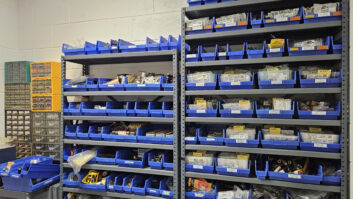It’s WD-40 time again!
For readers in the Northern Hemisphere, colder weather is coming. Before that ice and snow arrive, it’s time to eliminate “cold” failures around your site. Go grab your can of WD-40 and let’s get to work.
Before we start, do you know the story behind this ubiquitous product?
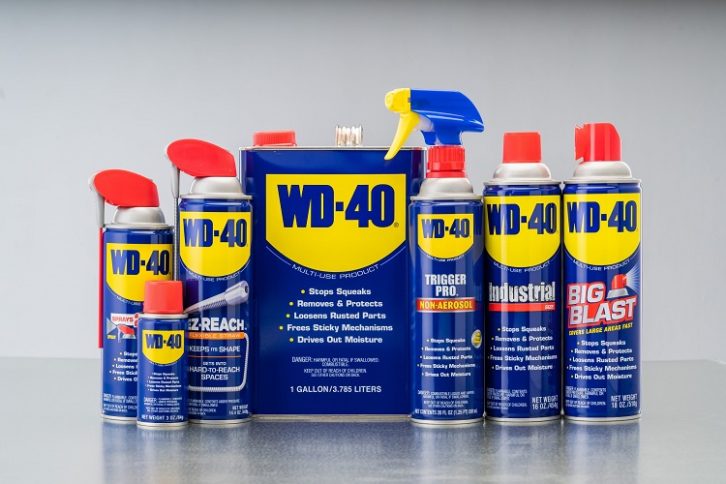
WD-40 is the registered trademark for a multi-use product made by WD-40 Company. From the company’s history page:
In 1953, in a small lab in San Diego, California, the fledgling Rocket Chemical Company and its staff of three set out to create a line of rust-prevention solvents and degreasers for use in the aerospace industry.
It took them 40 attempts to get their water displacing formula to work, but on the 40th attempt, they got it right in a big way. WD-40 Multi Use Product was born. WD-40 stands for Water Displacement, 40th formula. That’s the name straight out of the lab book used by the chemist who developed the product.
The first company to use WD-40 Multi-Use Product commercially was Convair, an aerospace contractor, to protect the outer skin of the Atlas Missile from rust and corrosion. The product worked so well that several employees snuck cans of WD-40 Multi-Use Product out of the plant in their lunchboxes to use at home.
A little closer to home, this spray compound works wonders on internal lock mechanisms. Spray some in the keyhole and work the locking mechanism. For combination locks, spray a little into the open hasp and rotate the combination dial. Fighting frozen locks in the middle of winter is no fun, so go enjoy a nice fall day and apply some now on all your locks: fences, access panels, doors and gates.
WD-40 can also be used to lubricate door hinges and latches. Wipe the rubber gasket of a garage door to keep it from freezing; spray the compound on the garage door rollers and tracks makes for smooth operation. Spray the door panel hinges (Figs. 2 and 3).
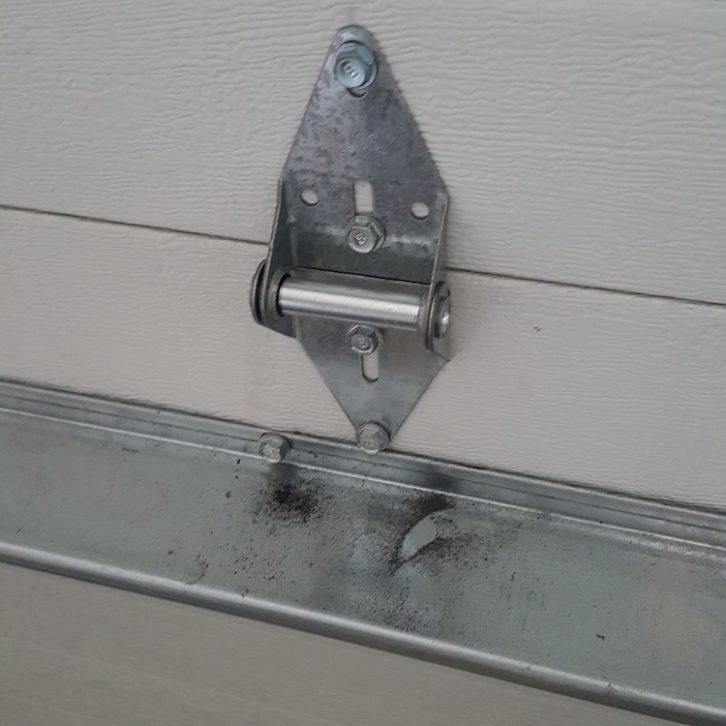
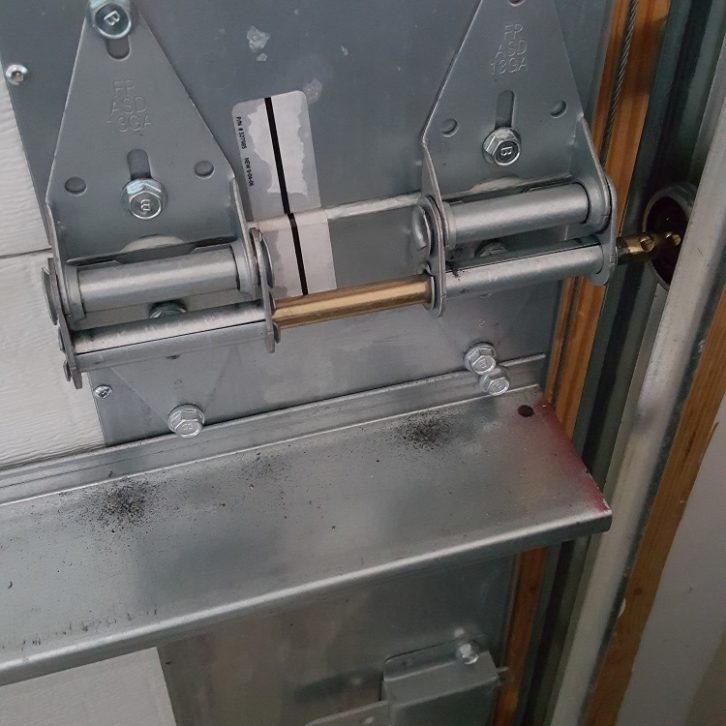
WD-40 also removes gummy labels, bumper stickers and decals without damaging the vehicle finish. It’s also good for removing pine tar or other road debris.
The spray can also help lubricate cables being pulled through a conduit.
In the past we’ve described how you can seal the ends of conduit or other exterior wall holes using stainless steel or copper wool in combination with expandable foam sealant. Well, if you spray WD-40 on your hands before working with that sticky foam adhesive, the cleanup will be a snap.
On remote vehicles, WD-40 will remove scuff marks, road tar and dried insects while protecting metal and chrome parts from corrosion and rust. It works wonders in removing residue from Gaffers or Duct tape.
At home, a spritz of WD-40 will loosen a stuck zipper on a winter jacket, and keep it zipping smoothly all winter long. (Get this: It also can be used to remove chewing gum or glue from your child’s hair!)
As engineers, we’re constantly getting our hands dirty. WD-40 is an excellent degreaser, especially if you’ve been working on a greasy generator engine. Keep a roll of paper towels and a canister of WD-40 at each transmitter site.
When the snow falls, a liberal coating on snow shovels and down the throat of snow blowers will keep the snow flowing and prevent clogs. It also works well on a satellite dish; if you spray the dish ahead of time, snow slides off.
There are thousands of uses including removal of grease and dirt from metal tools. You may have your own favorite; send it to me at [email protected].
To see new products the company offers, head to www.wd40.com.
Cable tester update
Bob Calder’s career goes back 40 years to the early days of 45s and cart machines. Over the past couple of decades, he has worked as an independent project engineer for multiple FM antenna sites and broadcast studios in western Canada. His home is in Victoria, British Columbia.
Today Bob does small projects and keeps in touch with developments in broadcasting through trade journals like Radio World.
Bob sent in a suggestion regarding our XLR tester, developed by Buc Fitch and described in our Workbench column in the Aug. 19 issue.
If the three pushbuttons were replaced with a three-position rotary switch, both of your hands would be free to check for troublesome intermittent connections by flexing and wiggling the cable.
Bob adds that if the rotary switch has a couple more positions, the tester becomes even more valuable.
A fourth position could be labeled “off” and a fifth could diode isolate all three lights so they are all “on” at the same time. This allows you to check more quickly for cable intermittents as the cable is flexed. Bob acknowledges that the risk in adding this “quick” test feature somewhat defeats the main purpose of the device, which is the all-important polarity test.
Whups! Our bad!
And speaking of that cable tester, thanks to Radio World friend Jerry Arnold and all you other eagle-eyed readers for gracefully pointing out that the picture I included with the schematic for that project showed a box with two male XLR connectors! See Fig. 4. Kind of hard to test a typical mic cable that way.
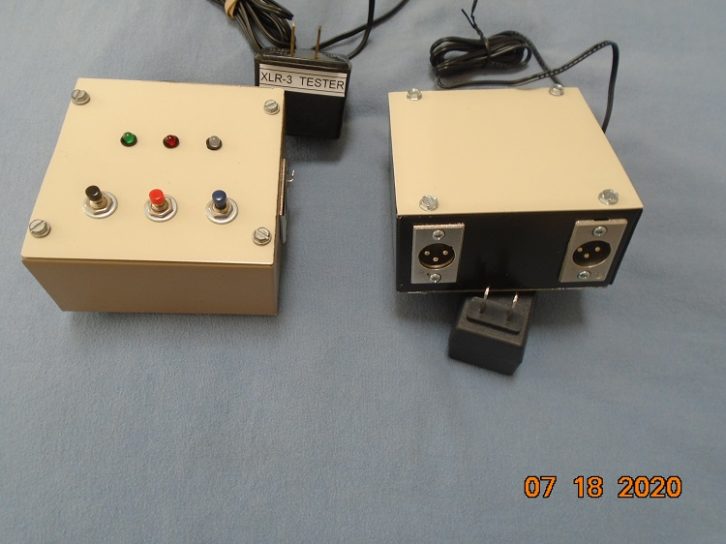
Neither your author nor Buc are losing our minds; the photo was for another tester that Buc had proposed, and I simply mixed up the photos. (Too bad it wasn’t an April 1 column!)
Workbench submissions are encouraged and qualify for SBE Recertification. Email [email protected].











